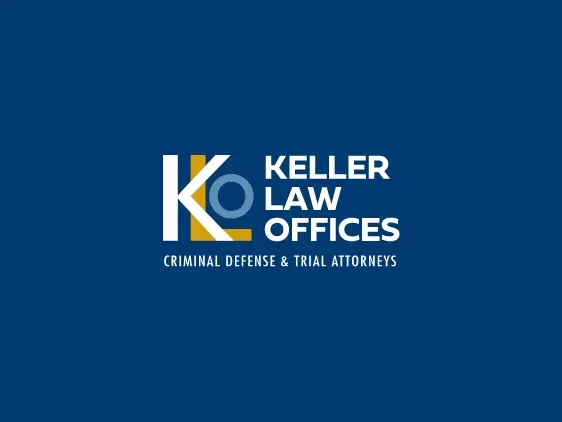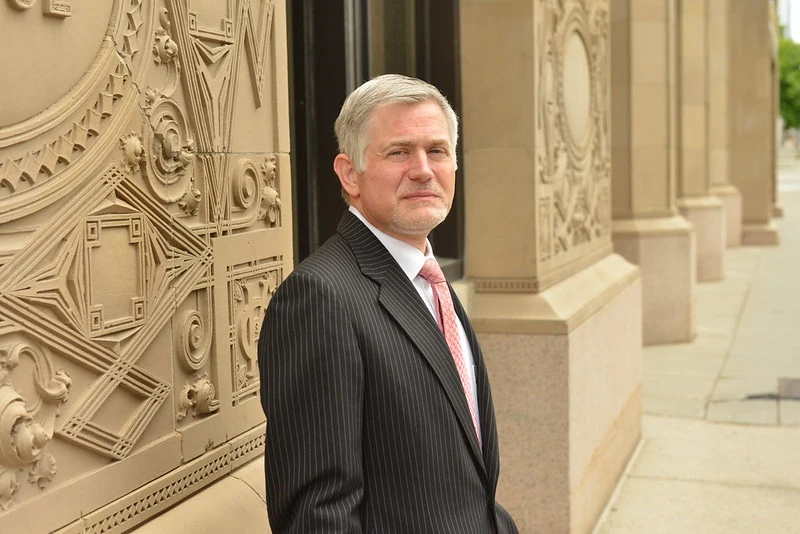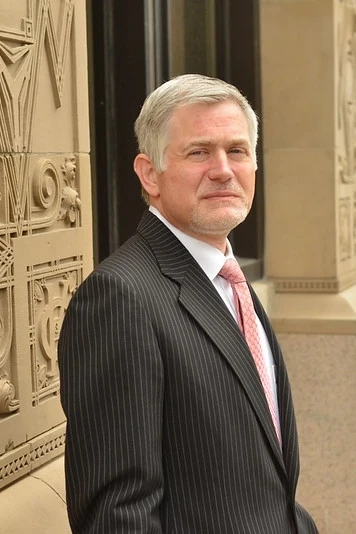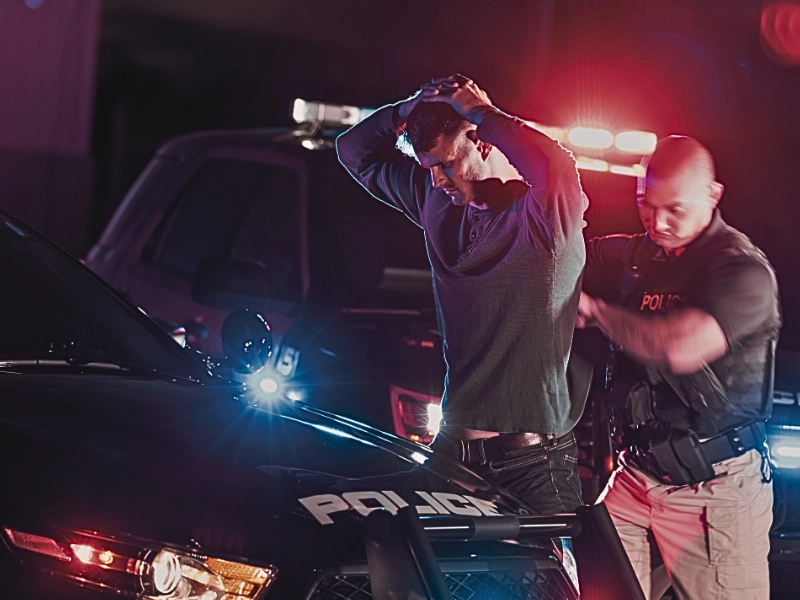In 2015, there was a record number of traffic-related fatalities in Minnesota. This is the first spike in the number of state traffic fatalities during the past five years. While this may seem alarming to some people, it does not necessarily mean that a trend is beginning because this can attributed to increased pedestrian and motorcycle accidents from the unusually warm weather at the end of the year. Over the past eight years, traffic fatalities within Minnesota have decreased at a steady rate. This can be attributed to increased public awareness through the campaigns funded by the Office of Traffic Safety, including increased DWI enforcement, Click It or Ticket, and the Toward Zero Deaths program.
What is the Toward Zero Deaths Program?
The idea behind “zero deaths” originated from a program that was first adopted in 1997 in Sweden called “Vision Zero.” The belief was that it is unacceptable for even one traffic-related death to occur. Since 2003, Minnesota is among several states across the United States that have adopted this core objective and have integrated it into their Strategic Highway Safety Plans.
Minnesota’s Toward Zero Deaths (TZD) program uses a data-driven, interdisciplinary approach that focuses on areas where improvement is needed and addresses them with proven countermeasures. Included in TZD’s strategies toward solving problems is that application of what is referred to as the “4Es”:
- Education – Traffic safety education focuses on changing driver behavior because just understanding the “rules of the road” is not enough. A more effective way to change driving habits is by motivating drivers to do so through public service announcement and the work of public health educators in the community. Education, combined with enforcement methods are an effective strategy in reducing drunk driving and promoting seat belt use.
- Enforcement – Enforcing compliance with traffic laws helps change driver behavior and reduce unsafe driving. Obeying drunk-driving laws, traffic controls, licensing requirements and other rules of the road help reduce accidents. Targeted enforcement campaigns are designed to address specific traffic safety problems as they are identified. In 2015, seat belt compliance increase to 80 percent of Minnesota drivers in comparison to 73 percent the previous year.
- Engineering – When a traffic safety issue has been identified, engineering looks for the most direct solution to solve the problem. While reconstructing or modifying a roadway can be a challenge and time-consuming, some changes, including installing traffic signals or new signs may be a better strategy. The addition of rumble strips placed down center lanes and on the road shoulders help keep drivers alert if they drift out of their lane.
- Emergency medical services – While the TZD program aims to reduce crashes from happening, its goals also include preventing injuries and fatalities when traffic accidents do occur. Fast and efficient response from emergency medical and trauma services is extremely important in rural areas where access to trauma facilities is limited. Often crashes go unnoticed in rural areas and are not reported until another vehicle drives by. Therefore, increased patrol of these areas has increased.
While not an “E,” traffic safety legislation plays a big part in supporting the goals of TZD. The program’s past accomplishments include:
- Implementing the graduated driver’s license
- Seat belt and booster seat laws
- Expanded use of ignition locks for DWI
Ten Years of Progress
In 2013, Minnesota TZD celebrated their tenth anniversary with a report on what had been accomplished during their first ten years. During the period of 1995 – 2003 traffic fatalities had been on the rise in Minnesota. Yet, during TZD’s first ten years, traffic fatalities dropped by 40.5 percent. That is equal to almost 2,046 lives that might have been lost on Minnesota roads if the previous trend had continued. During that same period, deaths related to drunk-driving accidents declined by 49 percent.
TZD Focus on DWI
An accomplishment of TZD was the development of DWI Courts throughout Minnesota. This type of court is like Drug Court in that its guidelines work toward addressing the root cause of impaired driving. The DWI Court’s goal is to protect public safety, while reducing the chance of repeat offenses.
A DWI offender and their Minnesota DWI attorney may be selected to appear before the DWI Court if certain criteria is met. The DWI offender will be evaluated for:
- Severity of their alcohol/drug use
- Level of care needed
- Medical and mental health status
- Availability of social support systems
- His or her motivation to change
In 2007, the position of Traffic Safety Resource Prosecutor (TSRP) was made possible through a grant from the National Highway Traffic Safety Administration (NHTSA). The purpose of a TSRP is to provide prosecutors and law enforcement with education, training and technical support to help with prosecuting DWI and other traffic crimes.






